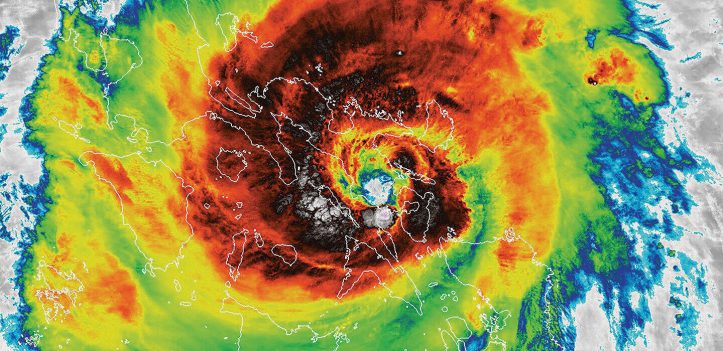Weather is a vital part of daily lives in the world. Most people usually look out for the weather before they get started their day. Observing weather may provide clues that help us plan activities, dress for the day or even prepare for a coming storm. It can also be fun and exciting to get ready for the weather forecast.
Weather is generally used to refer to the atmospheric conditions that exist at any given time. There are various types of weather such as dew point, cloud composition, wind direction, and snowfall, to name a few. Each of these conditions can result in different types of climate, which affects people’s lifestyles.

How do we know what the weather will be like for the next several days or months? For people living in areas which are prone to climate change, understanding how climate change affects the weather helps them plan and prepare for these changes. There are several local weather forecasts available for people to use when they need to. These local weather forecasts may be run for several days, weeks or even months. These local weather forecasts can be found in newspapers and other publications around the country.
What is the Weather? A brief history of weather would reveal that there have been many weather phenomena throughout recorded history. Familiar patterns like cold and heat waves, thunderstorms, rain, snow, and fog generally occur over long periods of time. These weather phenomena are important indicators of what type of climate is to expect where you live.
Climate change affects weather by causing varying levels of precipitation. Generally, precipitation occurs in four factors: temperature, humidity, winds, and precipitation. The four factors combine to determine the climate condition. The precipitation may fall in forms such as sleet, rain, snow, and a mixture of the two.
The National Weather Service, commonly referred to as the NWS, offers several different types of precipitation readings for your area. You can find these rainfall readings on city websites or by contacting your local weather station. The NWS offers hourly readings, daily readings, decimate amounts and safety alert. They also offer several key vocabulary descriptions of the different types of precipitation.
Air pressure is the force of air exerted upon an object. Pressure can be either low or high. The amount of air pressure in the atmosphere determines the atmospheric state. Moist air tends to have less air pressure than cool air and the amount of cloud determines how much air pressure is present.
Another type of precipitation is temperature. The temperature is influenced by clouds, winds, and rainfall. Temperature is measured through the surface temperature of the earth. It is determined by observing the daily and monthly temperatures.
All weather forecasts are preliminary and are not meant to replace normal weather forecasts. However, these forecasts can help consumers prepare for any storm that may occur by providing necessary guidelines for preventative measures. Users can use the forecasts to adjust their plans accordingly.
Climate change has resulted in drastic changes in the Earth’s atmosphere. Some climate change results from human activities and some result from natural means.
Rapid changes in the earth’s climate have led to drastic weather changes. These changes have been manifested in precipitation. Precipitation is characterized by the fall or rise of water levels, temperature, humidity and cloudiness. The main article explains a bit more about precipitation.
Precipitation can affect the atmospheric conditions and the overall climate on earth. Precipitation is characterized by surface temperature differences. The precipitation falls as rain and the warmest rain falls on the Earth’s land mass, while the colder wind blows from the Arctic Ocean to the continents and South Pacific. Rapid temperature increases or decreases cause considerable weather-relatedrelated problems.